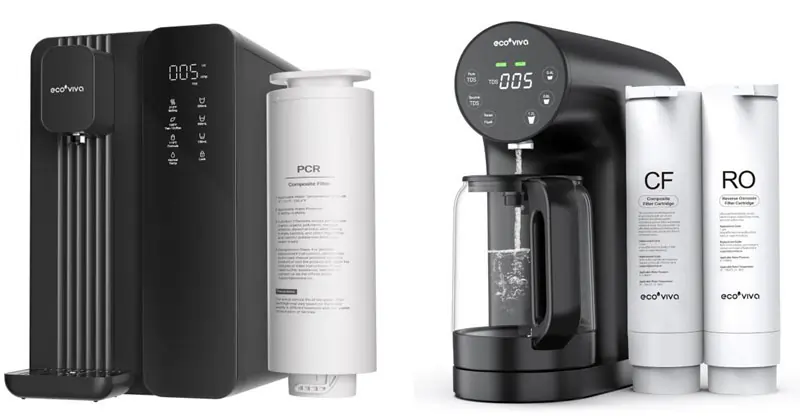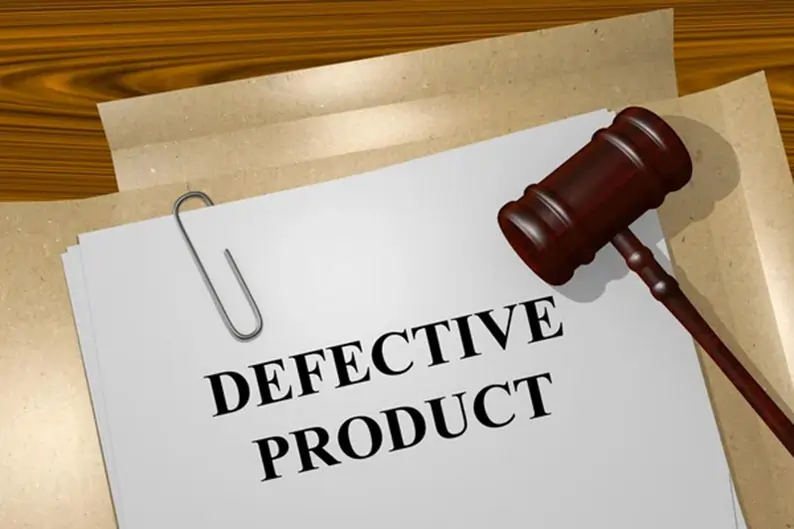Family Health Guide: Special Protection for Pregnant Women and Children’s Drinking Water Safety
It is a known fact that pregnant women must be adequately hydrated for proper fetal growth, and children are at their growth spurt time, so they need safe drinking water for themselves. The concern over this issue of safe drinking water is making many families opt for water filters with Reverse Osmosis (RO) systems. It discusses how RO systems ensure protection over the health of pregnant women’s and children’s drinking water, including guidance on how to prevent dangers associated with contamination of water and its impact on health. The use of suitable filters can also be recommended for families in order to choose and maintain their RO filters efficiently to ensure safe drinking water for pregnant women and children.
Protection for Pregnant Women
- Removal of Heavy Metals and Harmful Chemicals: Pregnant women are more susceptible to external pollutants, and some heavy metals together with certain chemicals may cause permanent changes in the fetus’s development. The Reverse Osmosis systems successfully eliminate heavy metals and chemical impurities of water. So pure drinking water can be supplied to pregnant women to minimize the intake of harmful substances.
- Providing High-Quality Water: The fetus needs much water for the production of the placenta and amniotic fluid during pregnancy. Purified water from RO water filter provides healthy quality of water that helps to maintain the hydration balance in the body and allows the fetus to have healthy growth.
- Reducing Gastrointestinal Burden: The RO water is much safe, which has fewer possibilities of harboring pathogens because it lowers the number of dangerous microorganisms found in drinking water, risk of gastrointestinal discomfort related to pregnant women.
Protection for Children
- Healthy Immune System Development: Children’s immune systems are still immature, and children can’t fight against the contaminated water. RO system removes viruses and bacteria from water, which helps protect children’s immune systems from infection.
- Supporting Healthy Growth: They grow fast, and proper nutrition along with safe sources of clean water are necessities. The RO will filter out all the harmful pollutants and contaminants from the water that would be injurious to their health; thus, they grow overall sounding.
- Improving Taste and Increasing Water Intake: With an RO filter, the taste of the water and its quality become better. Such better taste and quality might make children consume more water to achieve healthy hydration.
Understanding the Working Principle and Benefits of RO Systems
Working Principle
- Pre-Filtration: The removal of large particles and sediments that protect the subsequent filters’ membranes.
- Activated Carbon Filtration: Removes chlorine, odors, and some chemicals.
- Reverse Osmosis Membrane Filtration: Water is forced through a semi-permeable membrane that removes dissolved solids, heavy metals, bacteria, and viruses, leaving only pure water.
- Storage and Post-Treatment: Pure water is stored for use at the moment and can also be enhanced in taste with activated carbon.
- Wastewater Discharge: The waste concentrates the pollutants and is discharged.
Benefits
- Effective Contaminant Removal: It takes out most of the hazardous agents such as heavy metals and bacteria.
- Improves Water Quality: It leads to purer water with better flavor.
- Health Assurance: Provides pure drinking water for consumption by each family member.
- Cost-Effective: Leads to relief from bottle water cost-benefit in the long run.
- Environmentally Friendly: Usage cuts plastic bottles and leads towards a healthy environment.

What Substances Can Reverse Osmosis Filter Block
What Contaminates Can Reverse Osmosis Filter Remove
Reverse osmosis (RO) filtration effectively removes the following substances:
- Dissolved salts and minerals (such as sodium, chloride, calcium, magnesium)
- Heavy metals (such as lead, mercury, cadmium, arsenic, fluoride)
- Microorganisms (such as bacteria, viruses, protozoa)
- Organic compounds (such as pesticides, herbicides)
- Chlorine and chloramines
- Nitrates and nitrites
- Pharmaceutical residues and hormones
- Particulates and sediments
- Volatile organic compounds (VOCs)
RO systems can remove these impurities, resulting in purer water.
How to Choose the Right RO Water Filter for Your Home
Determine Needs: Identify the contaminants you need to remove and your household water usage.
Select the Filtration System:
- Multi-Stage Filtration: Opt for an RO system with pre-filters to handle various contaminants.
- RO Membrane Quality: Ensure the RO membrane has a pore size of 0.0001 microns.
Brand and Certification:
- Brand: Choose reputable brands.
- Certification: Look for certifications like NSF to ensure filtration effectiveness.
Budget and Maintenance:
- Costs: Consider both purchase and maintenance costs.
- Filter Replacement: Understand replacement frequency and costs.
Installation Space:
- Countertop RO Filters: Space-saving and convenient for placement in the kitchen or living area.
- Under-Sink RO Systems: Opt for compact models to save space.



